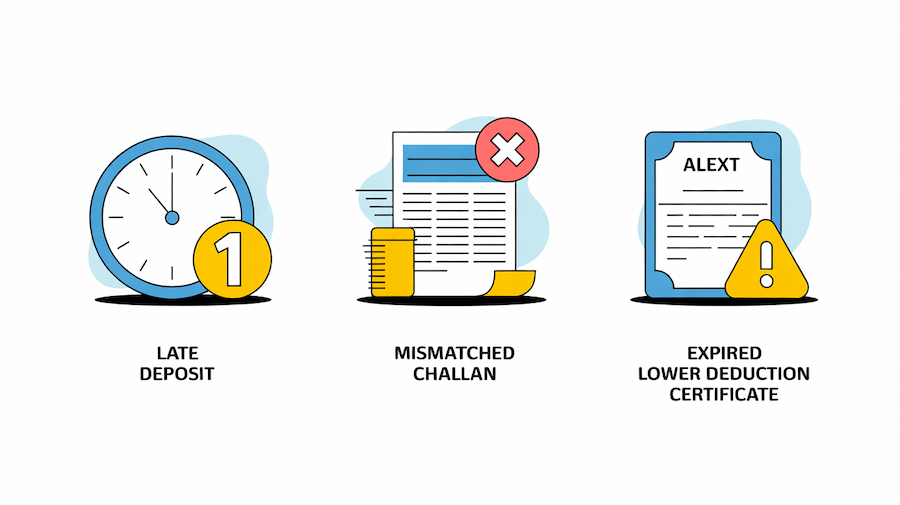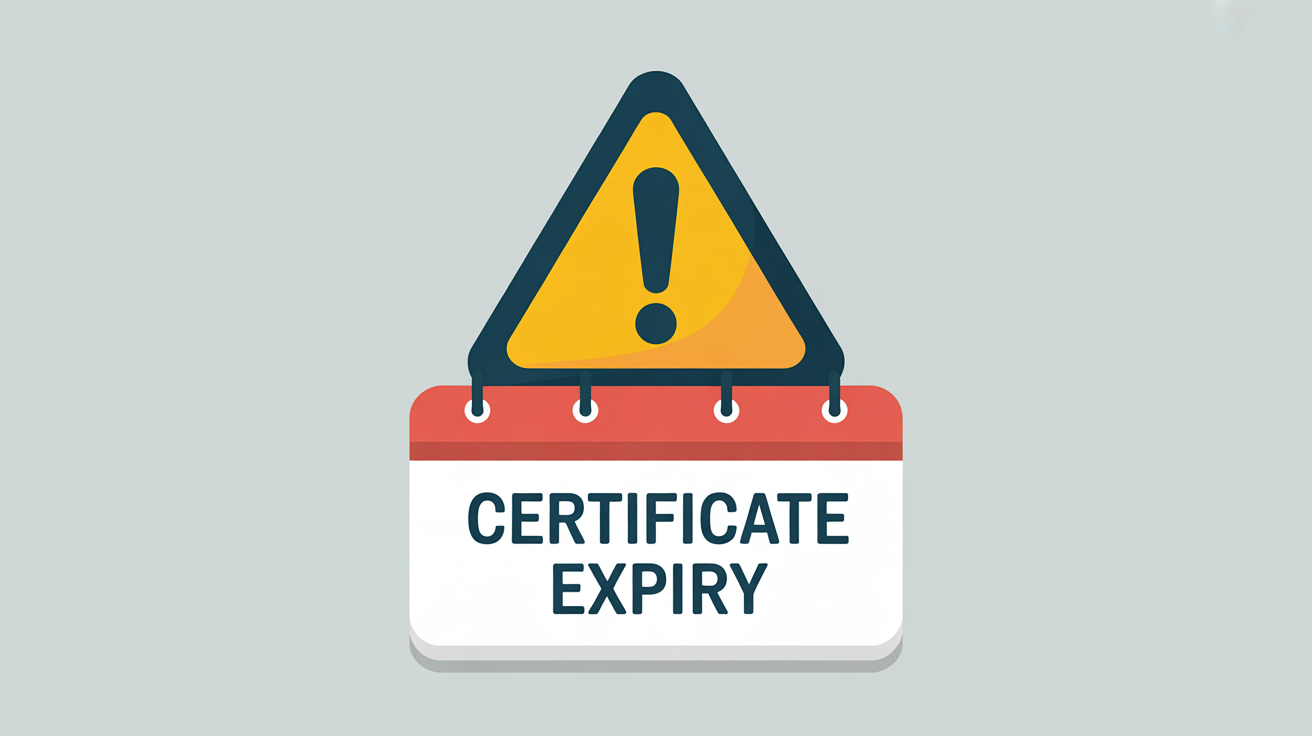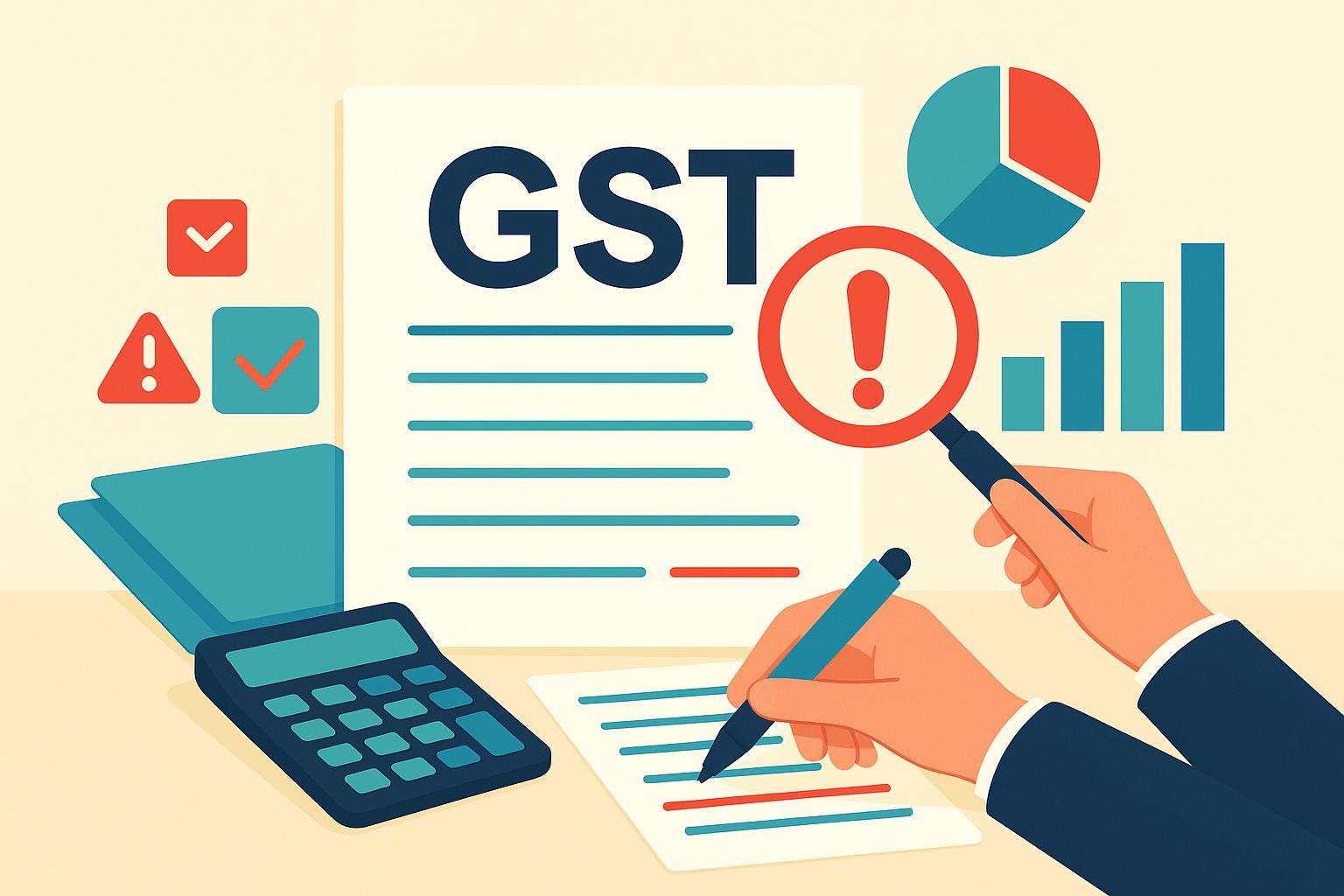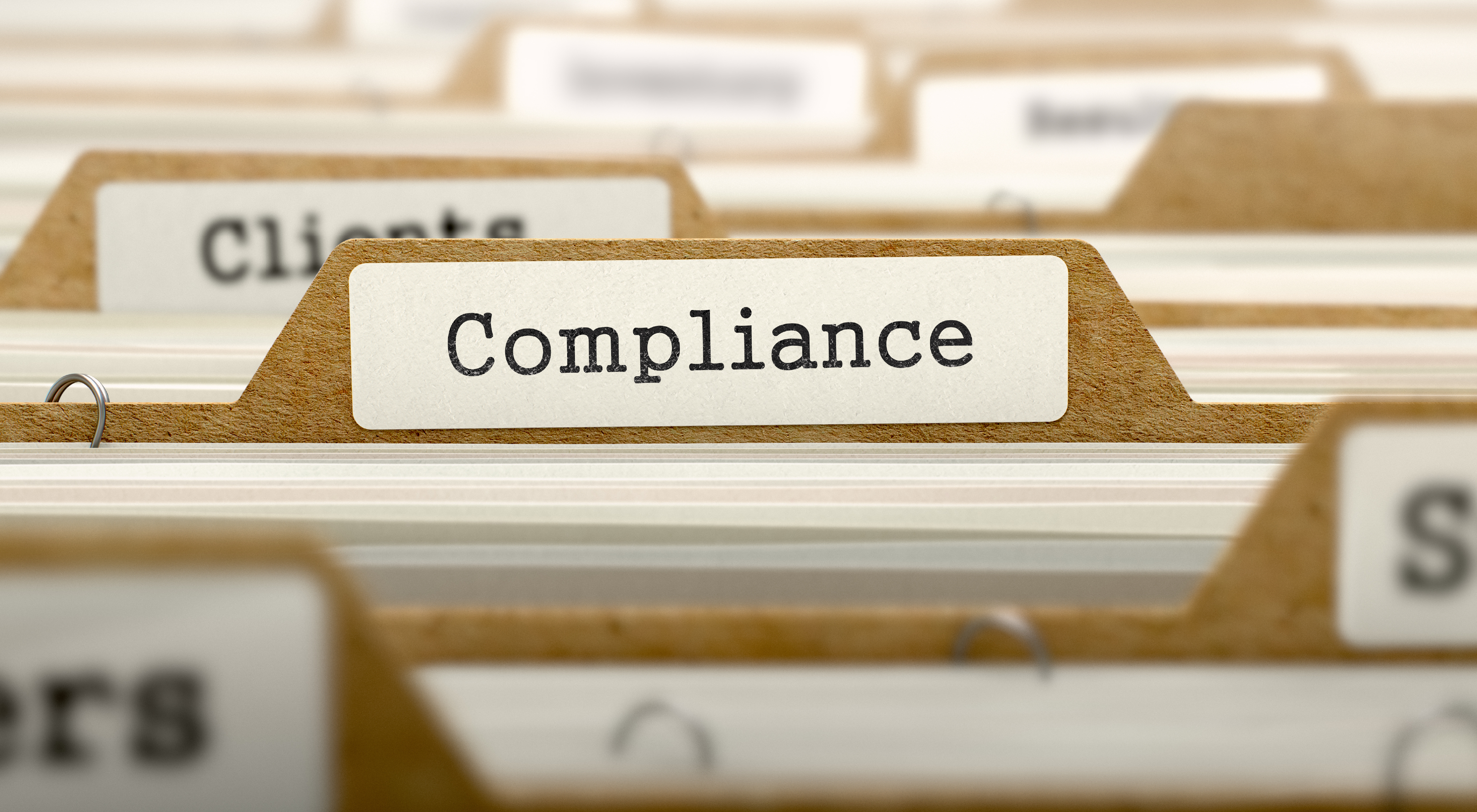That one morning call — and the TDS lesson i’ll never forget
One day, while I was at the office, I got a call from Rohit, a former colleague who now works as a CFO at a fast-growing startup.
He sounded stressed.
“Hey Vijay, I just got a notice from the Income Tax Department. Something about short TDS deduction and late filing. Can you help me figure this out?”
I said. “Sure, let's start analyzing your data first and find what are the loopholes.”
We analyzed his data together. Within minutes, it became clear — this wasn’t about fraud or misreporting. It was just a few small TDS mistakes: a late deposit, a mismatched challan, and an expired lower deduction certificate.
Each mistake was small on its own. But together, they turned into a bigger problem — penalties, stress, and reputation risk.
That day reminded me: TDS compliance isn’t hard — but it’s easy to ignore until it’s too late.
Late TDS deposits — The first domino
Rohit’s first issue was a common one — depositing TDS late.
When you’re managing multiple things, it’s easy to miss the deposit date. But once you do, the interest starts right away:
- 1.5% per month for every delayed deposit
- TRACES flags even short delays
- Repeated delays attract notices
A few days’ delay across several months cost Rohit nearly ₹3.6 lakh in penalties.
CFO tips:
- Automate TDS deposits via ERP or net banking.
- Maintain a visible TDS calendar in your finance dashboard.
- Verify challans immediately after deposit.
PAN errors and form mismatches
The second issue was a PAN mismatch.
A single wrong letter in a vendor’s PAN caused the system to reject the entry. Their TDS credit didn’t show up, and the vendor raised a complaint.
It took days to fix, even though the actual deduction was correct.
How to avoid this:
- Verify every vendor PAN before onboarding.
- Reconcile Form 26AS and Form 16A every quarter.
- Always review the TDS file before submitting it.
The missed certificate that cost money
Rohit’s team also missed tracking a lower deduction certificate that had expired.
They continued deducting TDS at 2% instead of 10%.
When the tax department checked, they found a short deduction and charged interest on the difference.
CFO checklist:
- Keep a TDS certificate tracker with expiry dates.
- Recheck all certificates at the start of each quarter.
- Collect the renewed certificate before continuing lower-rate deductions.
The wrong TDS section
Another mistake — applying the wrong TDS section.
It happens often: paying a consultant under 194C instead of 194J, or confusing employees and contractors.
Even if total tax deducted is correct, the wrong section triggers a mismatch and a possible notice.
What CFOs should do:
- Tag vendors and expense heads correctly in ERP.
- Train HR and procurement teams on basic TDS rules.
- Review section mapping every quarter.
Delayed or incorrect TDS returns
Lastly, Rohit’s team filed a quarterly TDS return late.
It cost them:
- ₹200 per day in late fee (Section 234E)
- Plus penalty under Section 271H
Even small delays can lead to large cumulative fines — and waste hours in correction work.
CFO return tips:
- Lock internal review at least one week before the due date.
- Use a maker-checker system.
- Validate data using the TRACES tool before final submission.
Conclusion: Small errors, big consequences
After we fixed Rohit’s issues, I realized something:
TDS compliance is less about knowledge and more about discipline.
If you build good systems and automate small steps, you’ll stay ahead.
CFO’s 6-point TDS safety net:
- Automate deposits.
- Verify all PANs.
- Track lower/nil deduction certificates.
- Tag expenses under correct TDS sections.
- Reconcile Forms 26AS and 16A quarterly.
- File returns early, not at the last moment.
In finance, a quiet inbox is the best sign of success.
Because when no notices arrive — it means you’ve done your job right.





















